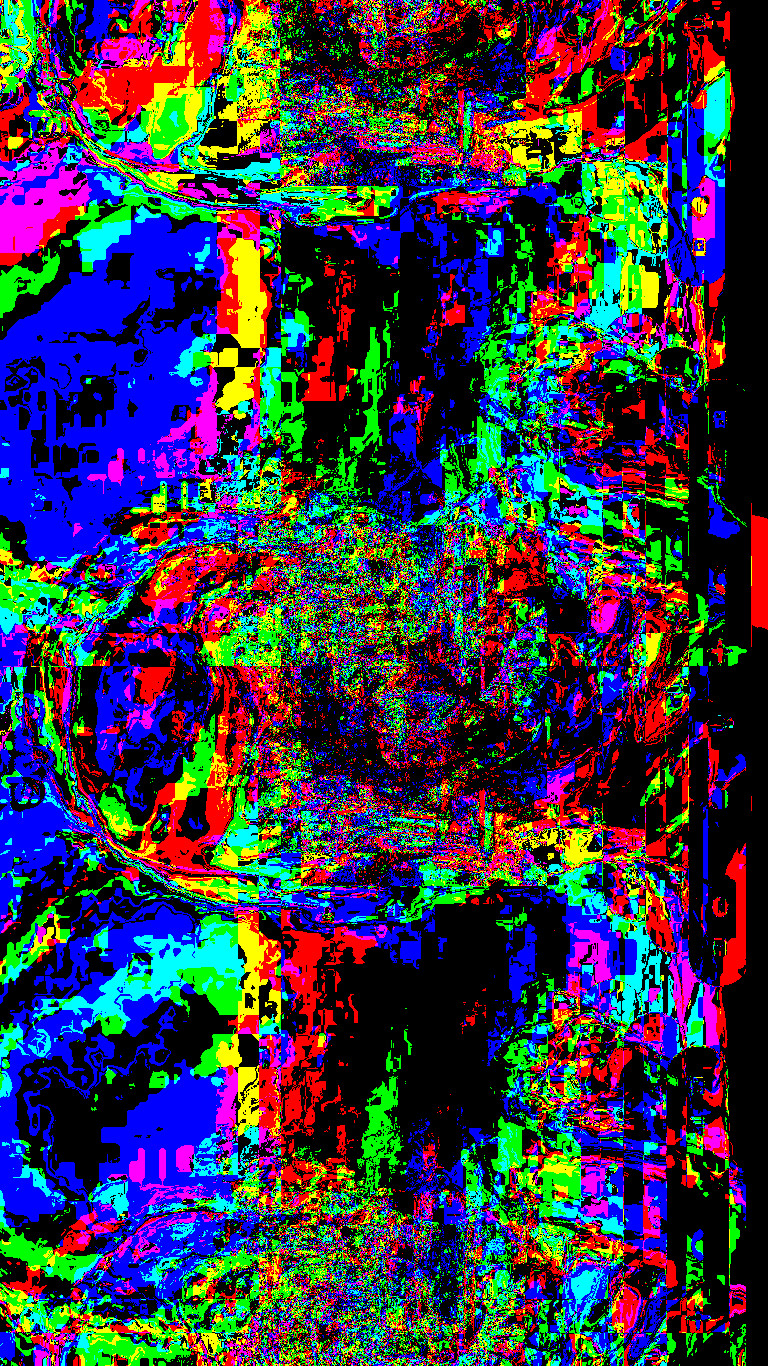revew: PSYCHEdelight – Borderline
Borderline/
dir Sophie NL Besse/
devised by the company/
prod PSYCHEdelight, VOILA Festival & The Cockpit/
The Cockpit/
2, 3 & 6/11/2016//
I’m not sure how many shoes I own. There’s a pair of boots I wear most of the time, I have some trainers for exercise, some smart shoes for when boots aren’t fancy enough, some sandals, a pair of slippers. I think those five pairs are about it – there are probably others knocking about I don’t pay mind to, and of course I own twice as many shoes as I do pairs of shoes, so that’s ten shoes that I’m paying attention to, and I guess a few others that probably also in twos. Shoes go in twos, thats like an essential truth, rite?
PSYCHEdelight’s Borderline sees the stage littered with shoes, shoes from sacks, shoes in a heap, shoes tangled together, shoes on their own. They arrive to the stage in clumps, in pairs, solo, or are already here, in a mound about four feet high. Everyone has shoes, rite? And as a visual metaphor for the sheer amount of humanity flowing into, out of, and around the Jungle camp, there’s something alternately absurd and chilling about piles and piles of disembodied shoes.
Borderline features a cast of seven refugees from Syria, Sudan, Afghanistan and Palestine, with six European artists. In her lecture, ‘The danger of a single story‘, Chimamanda Ngozi Adichie talks of the danger of stories and narratives coming from a single source, of people having little or no agency over the way they and their lives are portrayed. I have seen a single story of refugees; I’ve seen them doing a lot of walking, I’ve seen them doing a lot of silent moving around while a British voice talks about borders and how many they might have crossed. This is the first time I’ve seen them in an international cross-dressing fashion show. Perhaps there are different news channels I could be watching. Experiencing the difference in seeing refugees tell their own stories their own way makes it transparent how vital it is that we consider who owns the stories we see.
There are things that I know, things I’ve been broadly aware of for a long time, which are repeated back to me in Borderlines. Nothing I learned in watching the show was shocking – I know all these things happen, I know there are millions of people displaced from all over the world for a myriad of reasons. Despite Borderlines showing me things I already knew, it is a different story to those have heard. Comedy is vital. I have just finished reading P Nalle Laneela and Stacey Sacks’s The Clown Manifesto and I am convinced of that more than ever. The nature of clowning to use that which already exists, and repurpose it for joy, is an apt metaphor for the mission of Borderline. The stories and experiences that are shared are intense, difficult, and hilarious. It is the perfect antidote to its own content.
PSYCHEdelight, I am sure, could have made a show which made me angry, which made me miserable, or both. And I am, in much the same measures that I was before I saw the show, but it is a bold and entirely apt decision to make it a clown-based comedy. Hearing the statistics I am familiar with coming from the mouths of those to whom they apply lends them an entirely new power, a hint of small victories among the great losses, a challenge as to what we can do next. The Jungle camp was demolished this week. At the show’s end, before the lights cut out, a member of the cast asks ‘Is it finished? What now?’
Maybe it is in the darker moments of the show when I reflect more. When rats scuttle about the stage or the sound of earth hitting a burial mound fills the space. That tendency to reflect I suppose lies dormant until coaxed out. Whether shown someone else’s vulnerability or reminded of my own, it forces me to think about how my security is gifted. What qualifies me, my family, or anyone for that matter. Seeing these stories presented in this way doesn’t make them any more human, doesn’t make them any more real, but I am certain there is something transformative happening here. Some investment of the ghosts in my mind with physical form. But of course the real transformation isn’t mine – that belongs to the people whose stories these are. I’m a bystander. Anything beyond that is up to me.
